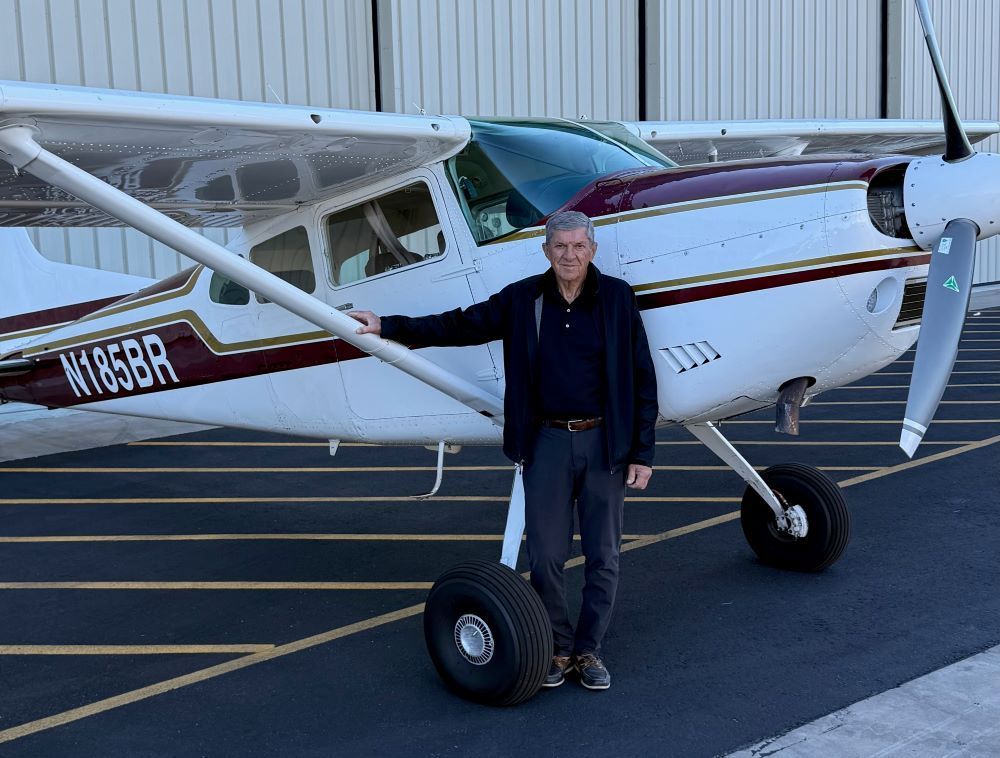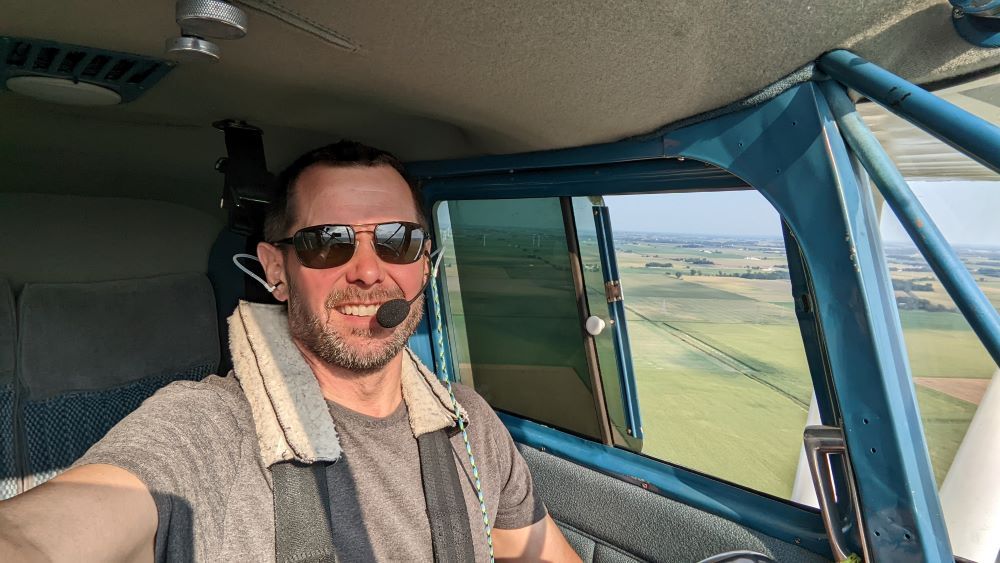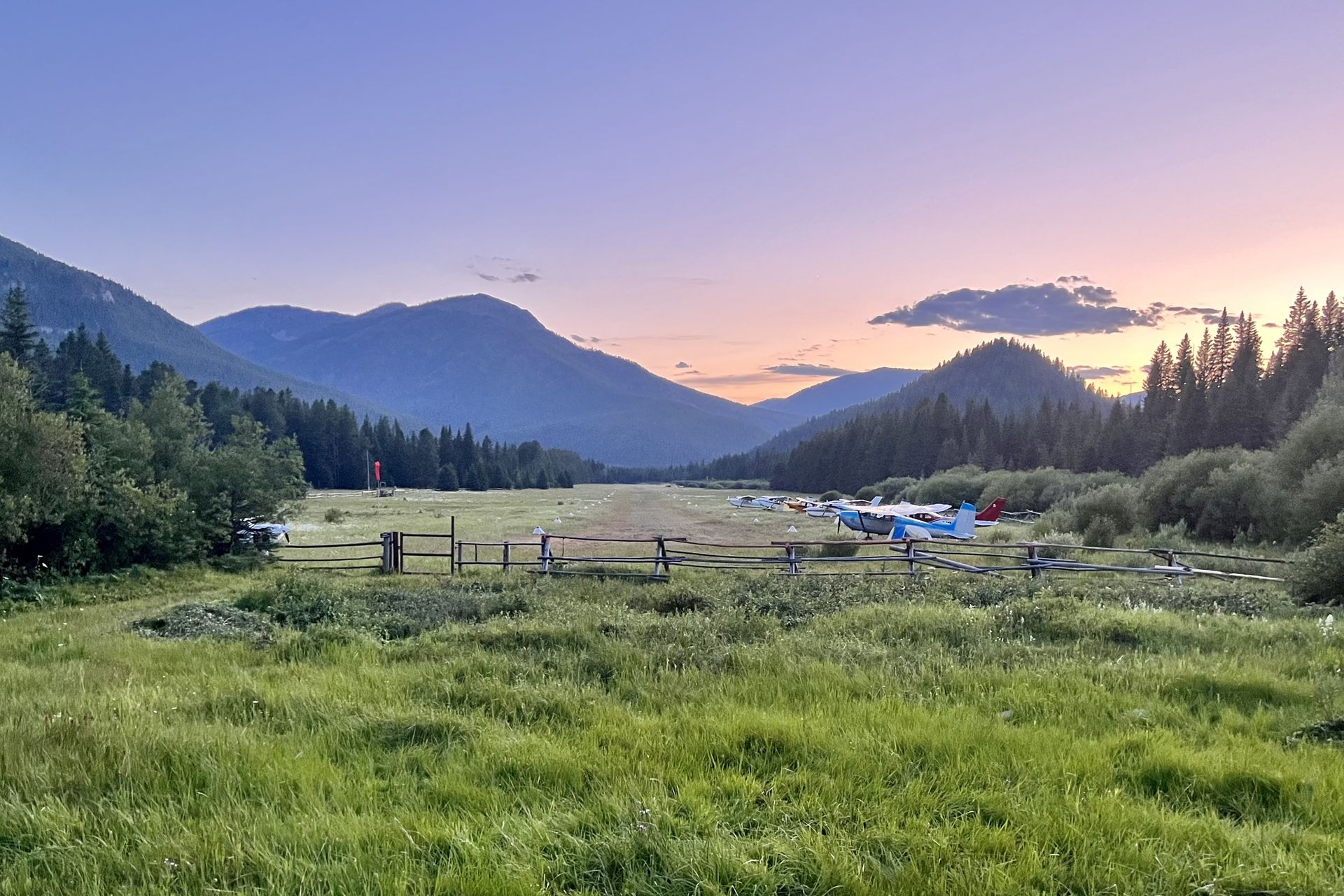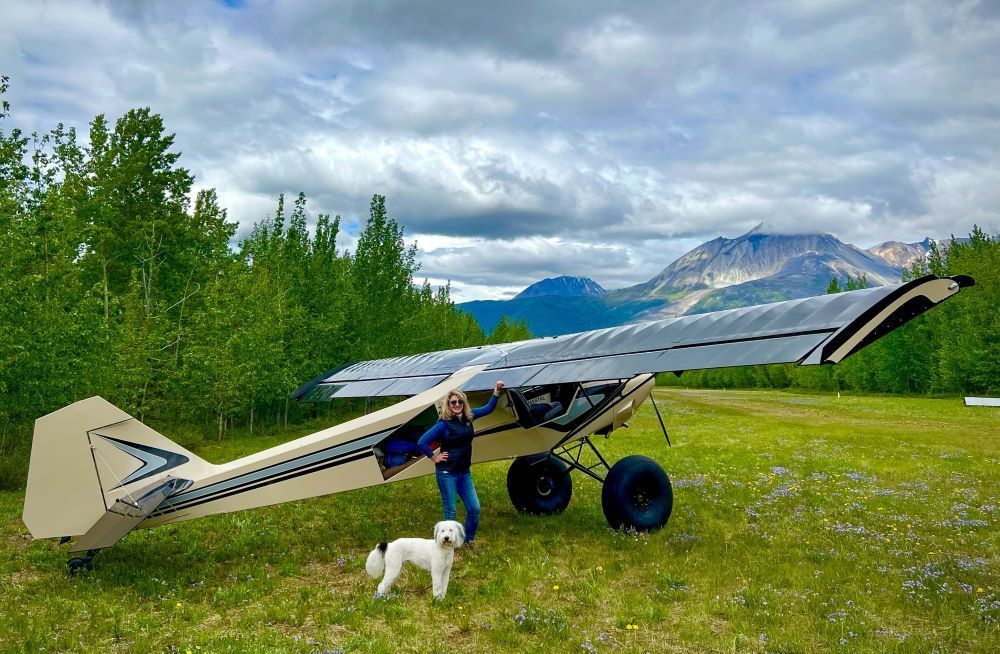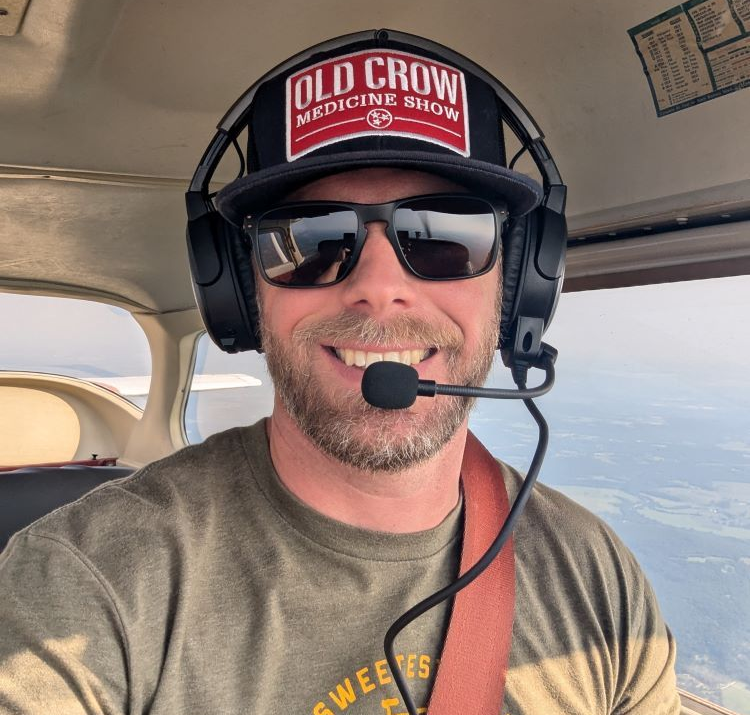NEWS RELEASE – FOREST SERVICE UNDERLINES IMPORTANCE OF BACKCOUNTRY AVIATION – NEWS RELEASE
Following years of work and discussions, on July 2 Abigail Kimbell, Chief of the U. S. Forest Service, signed a directive acknowledging the long and proud history of aviation use and airstrips on forest service lands, and asked USFS managers at all levels to inventory and maintain existing facilities, and to support aviation as an important recreational activity. This action resulted from meetings between representatives of the Recreational Aviation Foundation and a team of senior Forest Service executives in Washington. Similar to policy statements regarding many other classes of the public and user groups such as hikers, fishermen, and boaters, the memorandum says: “Aviation has been part of our country’s heritage, both as a mode of transportation and as a means of access to remote and scenic areas for a wide variety of purposes. Backcountry airstrips are an appropriate use of National Forest System (NFS) lands as they provide enhanced access for a variety of legitimate recreational activities… Recreational aircraft and backcountry airstrips can be an integral part of a balanced and efficient transportation system.”
From the earliest days of aviation a system of backcountry airstrips has served the forest service and its users, providing support for forest managers, fire crews, and medical evacuation aircraft. And countless backpackers, campers, boaters, and fishermen have used them to gain access to remote parts of the forest.
Unlike other recreational facilities requiring hundreds of miles of roadways, airstrips require minimal disturbance of the natural landscape, while serving as internal trailheads for remote areas. Airplanes do not have driven wheels so they do not churn up fragile landscapes the way other vehicles do. They are< considered a low-impact use.
In addition the document notes the importance of existing and future mutually beneficial relationships with aviation groups, similar to those with other groups. It says “Operation and maintenance of airstrips may provide opportunities for cooperative relationships under Challenge-Cost Share and other authorities. The recreation pilot communities are significantly engaged in providing funding, human resources, expertise, and equipment for backcountry airstrips on NFS lands. … The use of volunteers in joint development of Russian Flat public airstrip on the Judith Ranger District, Lewis and Clark National Forest in Montana is an excellent example of cooperative development.”
John McKenna, President of the Recreation Aviation Foundation, notes: “After many years of discussion we here at the RAF are very pleased to have a good working relationship with the USFS. The USFS has worked hard to better understand the desires and uses of the aviation community, and this document communicates that understanding. We look forward to building on the partnership and the trust this document brings forth.” The Recreational Aviation Foundation, devoted to the perpetuation and improvement of recreational aviation opportunities on both public and private lands, congratulated the Forest Service for its recognition of aviation’s importance, and also acknowledged the contributions of dozens of state, local, and other aviation groups in building and maintaining strong relationships with land management agencies, creating the foundation for a strong system of backcountry airstrips.
Submitted on September 2, 2009.
Posted in News
Recent Posts
